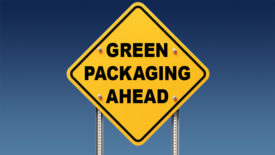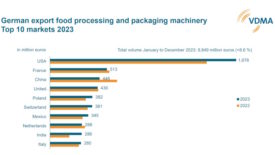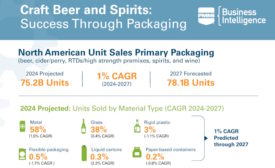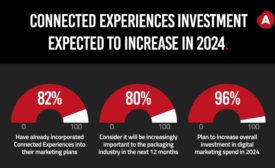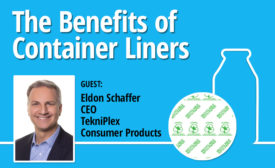Special Reports
Reports from PS News covering packaging industry news, trends and developments.
ARTICLES
Guest Column | Signposting Sustainability
EPR
2024 State of Converting
Today, three words rise to the forefront of all discussions related to packaging of consumer packaged goods (CPGs): extended producer responsibility (EPR).
April 3, 2024
National harmony needed in labeling and recyclability claims
Our federal government can play a transformative role in improving packaging recycling rates by endorsing national standards.
March 25, 2024
Extended Producer Responsibility
Why are Maryland and Illinois recognized as forthcoming EPR states?
January 22, 2024
2024 Packaging Industry Outlook
Why Compostable Packaging is Set to Grow in 2024
January 5, 2024
2024 Packaging Industry Outlook
It’s Time for Packaging Companies to Prepare for EPR Mandates
December 26, 2023

